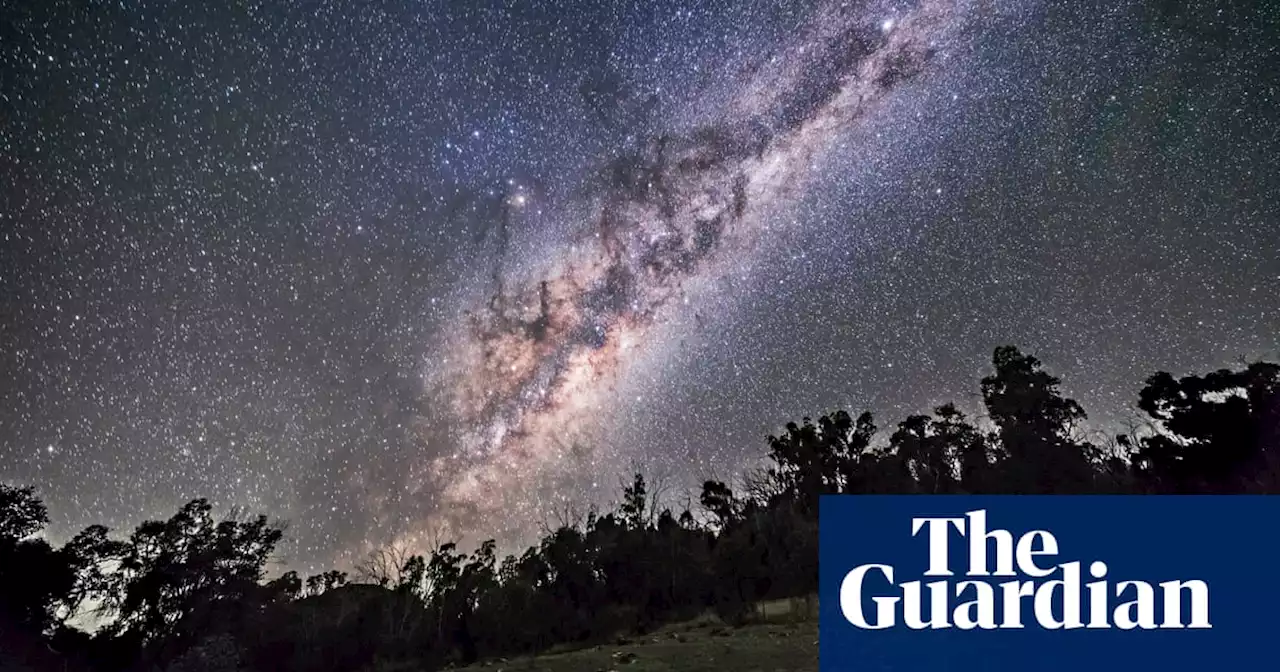New moon on 29 July will provide ideal viewing conditions as cosmic debris from comets enters Earth’s atmosphere
The night sky in Australia and New Zealand is set to be illuminated by a trio of meteor showers – the Piscis Austrinids, the Southern Delta Aquariids and the Alpha Capricornids – that will peak tonight.
The Piscis Austrinids meteor shower is expected to peak first, on 28 July, while the Southern Delta Aquariids and the Alpha Capricornids will peak on 30 July. The peak period lasts about 48 hours.The Southern Delta Aquariids will have the most meteors, with up to 20 an hour at the peak, according to Prof Orsola De Marco from Macquarie University.
“Like my cat, comets shed bits,” De Marco said. “These bits remain pretty much in orbit – so imagine a very elongated orbit that’s full of little bits.” A meteor shower is named after the nearest constellation to the radiant, the point in the sky which the shower appears to come from. The radiant of the Southern Delta Aquariids, for example, is close to the star Delta Aquarii, in the constellation Aquarius.When and where is the best time to view the meteor showers?
Australia Latest News, Australia Headlines
Similar News:You can also read news stories similar to this one that we have collected from other news sources.
 Meteor shower tonight: how and where to watch the Southern Delta Aquariids and Alpha Capricornids showers in Australia and New Zealand this weekendNew moon on 29 July will provide ideal viewing conditions as cosmic debris from comets enters Earth’s atmosphere
Meteor shower tonight: how and where to watch the Southern Delta Aquariids and Alpha Capricornids showers in Australia and New Zealand this weekendNew moon on 29 July will provide ideal viewing conditions as cosmic debris from comets enters Earth’s atmosphere
Read more »
 Meteor shower tonight: how to see and best time to view three meteor showers in Australia and New Zealand this weekendNew moon on 29 July will provide ideal viewing conditions as cosmic debris from comets enters Earth’s atmosphere
Meteor shower tonight: how to see and best time to view three meteor showers in Australia and New Zealand this weekendNew moon on 29 July will provide ideal viewing conditions as cosmic debris from comets enters Earth’s atmosphere
Read more »
 How to photograph a meteor shower: where to take a photo of the meteors in AustraliaGetting a good shot is tricky so here are some tips to capture Piscis Austrinids, Southern Delta Aquariids and Alpha Capricornids
How to photograph a meteor shower: where to take a photo of the meteors in AustraliaGetting a good shot is tricky so here are some tips to capture Piscis Austrinids, Southern Delta Aquariids and Alpha Capricornids
Read more »
 Trio of meteor showers to dazzle Australia and New Zealand – how to see and best time to view tonight and this weekendNew moon on 29 July will provide ideal viewing conditions as cosmic debris from comets enters Earth’s atmosphere
Trio of meteor showers to dazzle Australia and New Zealand – how to see and best time to view tonight and this weekendNew moon on 29 July will provide ideal viewing conditions as cosmic debris from comets enters Earth’s atmosphere
Read more »
